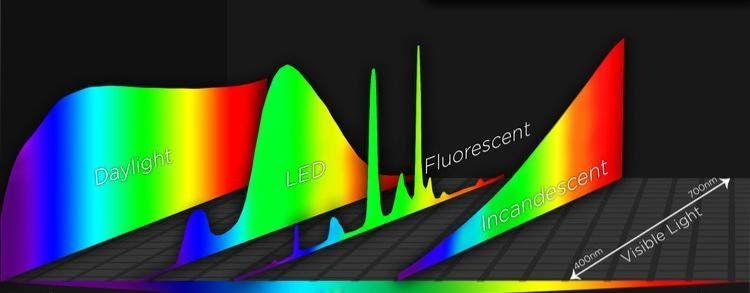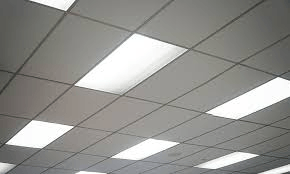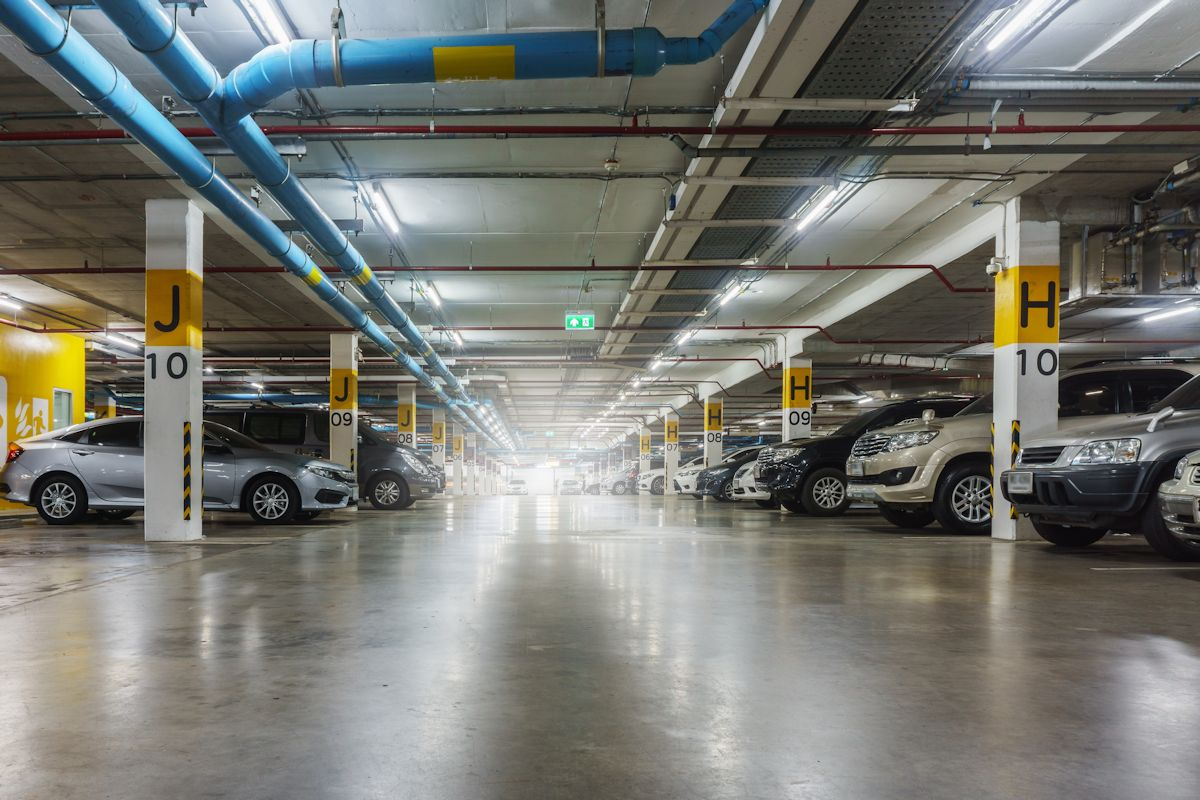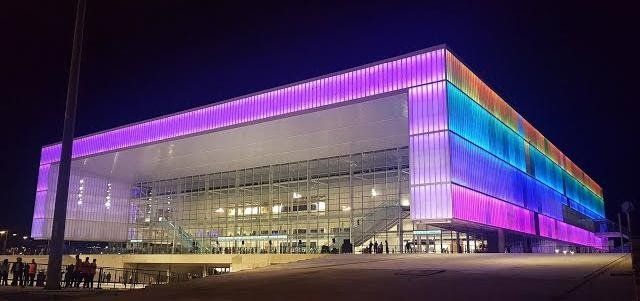The Best Places in Your Building to Retrofit First
Depending upon the size of your facility, it may not be practical or feasible to retrofit all your fixtures to LED at the same time. While that’s what we recommend, we understand that it’s not always within everyone’s means. So, where to start? We’ve discussed the pros and cons of upgrading bulbs versus fixtures, and where to put your funds if you’re working with a smaller budget. In this article we’ll talk about some specific areas of your building that will benefit most from LED upgrades and will give you returns on your investment as quickly as possible.
The Lobby
Aside from the energy cost itself, the next biggest cost when it comes to lighting is the maintenance. Ladders, lifts, and labor all add up when it comes to changing out failing or burnt out fixtures. Your building’s lobby is one of the most trafficked and visible places. It is also more likely to have the highest ceilings and most complicated, difficult to reach fixtures. Cove lighting, recessed cans, large chandeliers, pendants, uplights, downlights, or even a mix of all of these with a few others sprinkled in.
The cost of replacing a single bulb in all that milieu can be prohibitive. Especially if bulbs are burning out within days or weeks of each other. Switching to LEDs in as many of these fixtures as possible will help solve two problems. First, it will cut down on energy consumption and that associated cost, but it will also cut down on the number of times you need to call someone out to change a bulb. SunLake’s LED lights have a life expectancy of over 20 years and come with a 10-year industry-leading warranty.
Often facilities managers will turn a blind eye to a single bulb burnt out in hard to reach, out of the way places and wait for a few to fail before investing in the labor necessary to swap out those fixtures. But that burnt out bulb draws attention. Your residents, customers, or guests are guaranteed to notice it, and their opinions of your building or business will be affected accordingly.
Stairwells
Poorly or inadequately lit stairwells can result in code violations or worse: a safety hazard and physical injury. As a result, stairwells must be lit around the clock. Even when using fluorescent lights, which offer substantial energy savings over incandescents, this constant burn still requires a ton of energy and necessarily requires frequent maintenance to replace failing or burnt out bulbs.
Most stairwells that haven’t upgraded to LED use T8 fluorescent tube lights for their main source of illumination. In this article we discussed why it’s better not to use those fluorescent tubes you have sitting in storage and rather upgrade to LED as soon as you can.
While stairwell ceilings are often not as high as the one in your lobby, they bring additional complications like requiring ladders to be set up on stairs to change out the fixtures. Regardless of how easy it is to reach the fixtures in your stairwell, the fact remains that it still requires additional and frequent labor to maintain them. Replacing these heavily-used fixtures with LEDs will save both labor and energy costs.
Parking Garages
Following along the same lines as stairwells, parking garages must always be lit. There are safety concerns from the vehicles and other individuals to be concerned about, in addition to the fact that they’re often windowless and naturally prone to large areas covered in shadow. These 24-hour burn times, the sheer number of lamps required to adequately light the space, and the fact that there are cars continually moving around making it hard to change fixtures safely, means that LEDs are your best bet for these environments. Their long lifespans, high lumen output, exceptional CRI, and inexpensive burn costs mean you’ll be saving money, potentially with fewer fixtures than what you needed when using traditional fluorescent or incandescent lighting.
Outdoor Parking Lots
While you can count on the sun to take care of your outdoor lot during the day, high powered, difficult to access lights are required to illuminate it at night. These nights can be especially long in fall and winter months, and energy costs are often higher, leading to significantly increased bills. The lights in these outdoor lots often require lifts to access them and leaving even a single light burnt out is a safety hazard that isn’t worth testing. Upgrading to efficient, long-lasting LEDs in these applications is one of the surest ways to begin saving money nearly instantly.
Warehouses
Warehouses often lack natural light. Even those that were constructed with windows don’t get enough sunlight into every aisle to make the windows a sufficient source of light for the space. Warehouses must be well-lit at least for the hours they’re in operation, and many operate 24-hours a day. The maintenance required to replace a fixture is often costly as the lights are typically mounted on very high ceilings. Warehouses are another place where low-quality, failing, or burnt out bulbs can’t be tolerated. Not only does poor lighting make it harder for employees to find items on shelves, potentially leading to delays or the wrong items being picked, forklifts and scissor lifts and other heavy equipment is in operation and can pose a real danger to anyone on the floor if lighting is sub-optimal. Clean, efficient, maintenance-free lighting is paramount in these applications.
Exteriors
Your exterior lighting may not be as involved and complicated as the lighting in the photo above, but chances are you’re still using a lot of individual light sources that are lit throughout the evening, night, and early morning. Wall packs, security lights, spotlights, floodlights, even string lights with vintage Edison filament bulbs for patios and outdoor dining areas: unless you’ve already upgraded to LEDs, all these high-output lights suck a ton of energy and burn all night whether people are around to see them or not. Upgrading to LEDs in these applications will save hundreds if not thousands of kilowatt hours and those savings will be reflected in your energy bills.
The main theme in this article has been replacing bulbs that burn longest and are the hardest to reach. (We could have just said that from the beginning, but then the article would have been one sentence long.) HardWire Lighting can provide you with a comprehensive plan, source all the necessary lights, remove the old lights, and install the new ones without you having to lift a finger. Contact us today for a free consultation.










